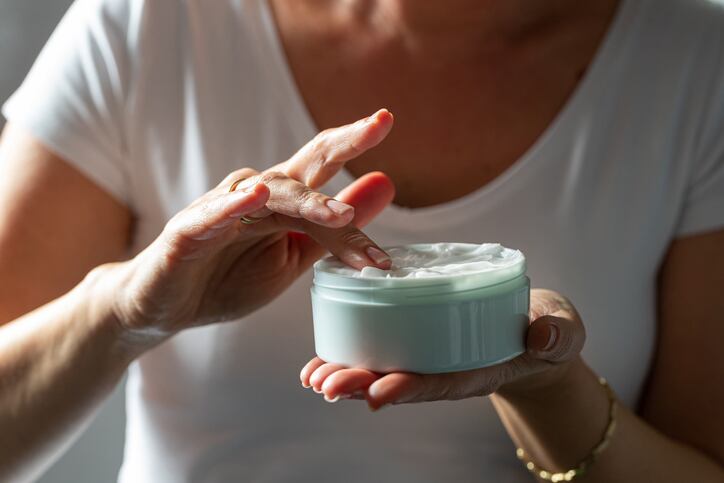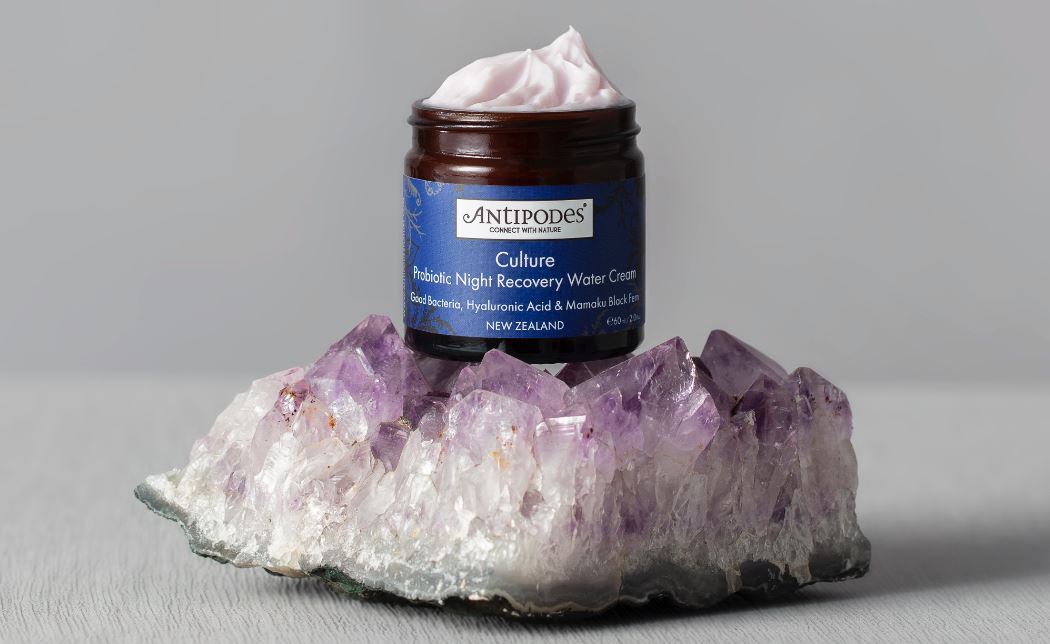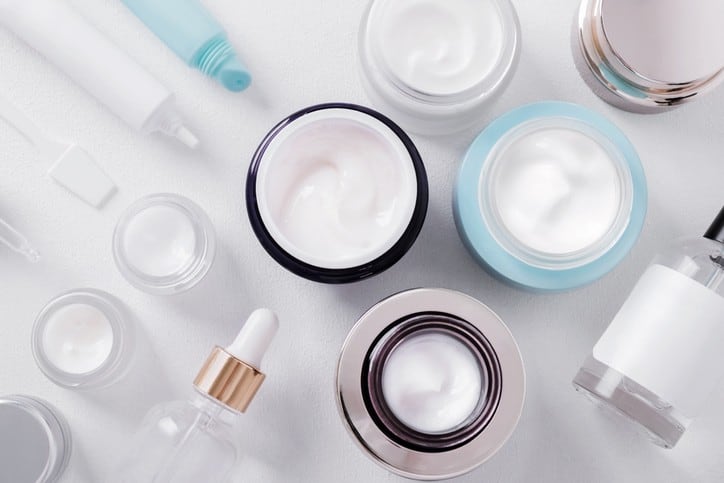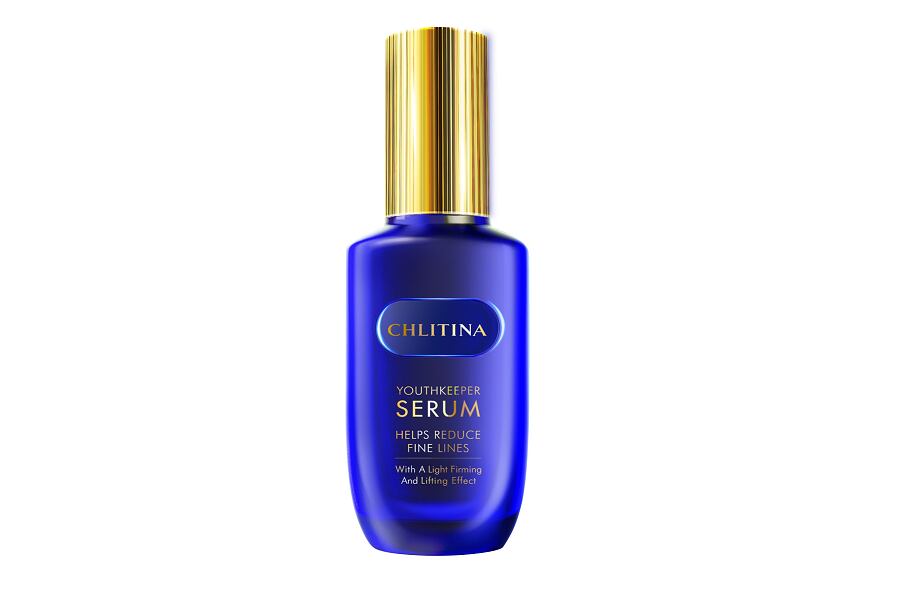The randomised, double-blind, placebo-controlled study was conducted in South Korea, which recruited 21 female subjects between 35 to 54 years old, had wrinkles, and classified as having So-eum skin (SE).
Based on the Korean system of Sasang constitutional medicine, SE type individuals have soft and delicate skin. Other types include the Tae-eum (TE) which have thin and white skin, Tae-yang (TY) for its thick and rough skin with large pores, and So-yang (SY) which have thin, smooth and resilient skin.
In this study, a herbal cream (1%) was formulated specially, containing the extracts of Zingiber officinale Roscoe (ginger), Atractylodes chinensis (Bunge) Kodiz, Curcuma longa L. (turmeric) and Cinnamomum cassia (L.) J.Presl (Chinese cinnamon).
The individual herbal components have been studied for its properties in anti-ageing in animal models, although “the herbal formulation containing all four herbs has not been studied in terms of clinical trial,” researchers wrote in the Integrative Medicine Research.
“This study provides scientific evidence for improving symptoms according to the SCM, and our findings would be useful information for personalised medicine and integrative medicine field.”
Study design
For this study, the 21 female subjects were divided into group 1 (n=9) and group 2 (n=12).
Group 1 had to apply the herbal cream on the right side of the face and the placebo cream on the left side of the face.
Group 2 had to apply the placebo cream on the right side of the face and the herbal cream on the left side of the face.
The cream was to be applied to the area around their eyes twice daily for 12 weeks.
Primary outcomes were skin wrinkle parameters measured using Skin Visiometer SV600 and visual assessment performed by two evaluators.
At baseline, week 4, 8 and 12, subjects were examined for wrinkles.
The secondary outcome was a questionnaire on product usability.
Wrinkle visual assessment
The visual assessment score was decreased by using herbal cream, but there were no significant differences when using the placebo cream.
However, wrinkle parameters, namely skin roughness (p=0) and smoothness (p=0.024) were significantly improved after the application of the herbal cream compared to the placebo cream for 12 weeks.
Questionnaire results
After 12 weeks, most subjects responded positively to the use of both the placebo and herbal creams.
About 70 to 90% of the subjects reported increase in skin moisture (p = 0.796), improvement in skin smoothness (p = 0.824), increase in skin gloss (p = 0.641), improvement in skin elasticity around crow's feet (p = 0.621), and decrease in (fine) wrinkles (p = 1.000), however these were not statistically significant.
There were no adverse side effects among all the subjects during the course of the study.
Potential of personalised medicine
These findings suggest that the herbal cream was safe, and may offer protective effects against wrinkle formation and skin ageing in SE type individuals.
The herbal components which have been studied in animal models may explain this effect, according to researchers.
For instance, ginger extract applied on hairless mice significantly inhibited wrinkle formation and prevented the loss of skin elasticity.
Turmeric extract was found to increase elasticity and decrease pigmentation and wrinkles in hairless mice.
However, the exact mechanism is unclear, and researchers advised further studies.
In addition, future studies may include male subjects, with a larger sample size, since the present study was conducted only in females.
“If more research is carried out in the future, it seems possible to find out the differences on gender and Sasang constitution, and it apply them to personalised or customised cosmetics.”
The Sasang constitutional medicine categorises individuals according to their skin characteristics, which can lead to specific diagnoses and treatments, thus could be considered a prototype of personalised medicine.
“This study were designed according to Sasang constitutional medicine, and it showed ameliorating effects of the herbal medicine on skin wrinkle formation in the respective skin characteristic type subjects. Thus, we suggest that our findings would be useful information for personalised medicine and integrative medicine field,” researchers concluded.
Source: Integrative Medicine Research
https://doi.org/10.1016/j.imr.2021.100752
“Wrinkle reduction using a Sasang constitutional medicine-based topical herbal cream in So-eum subjects: A split-face randomized double-blind placebo-controlled study”
Authors: A-Rang Im, et al.




